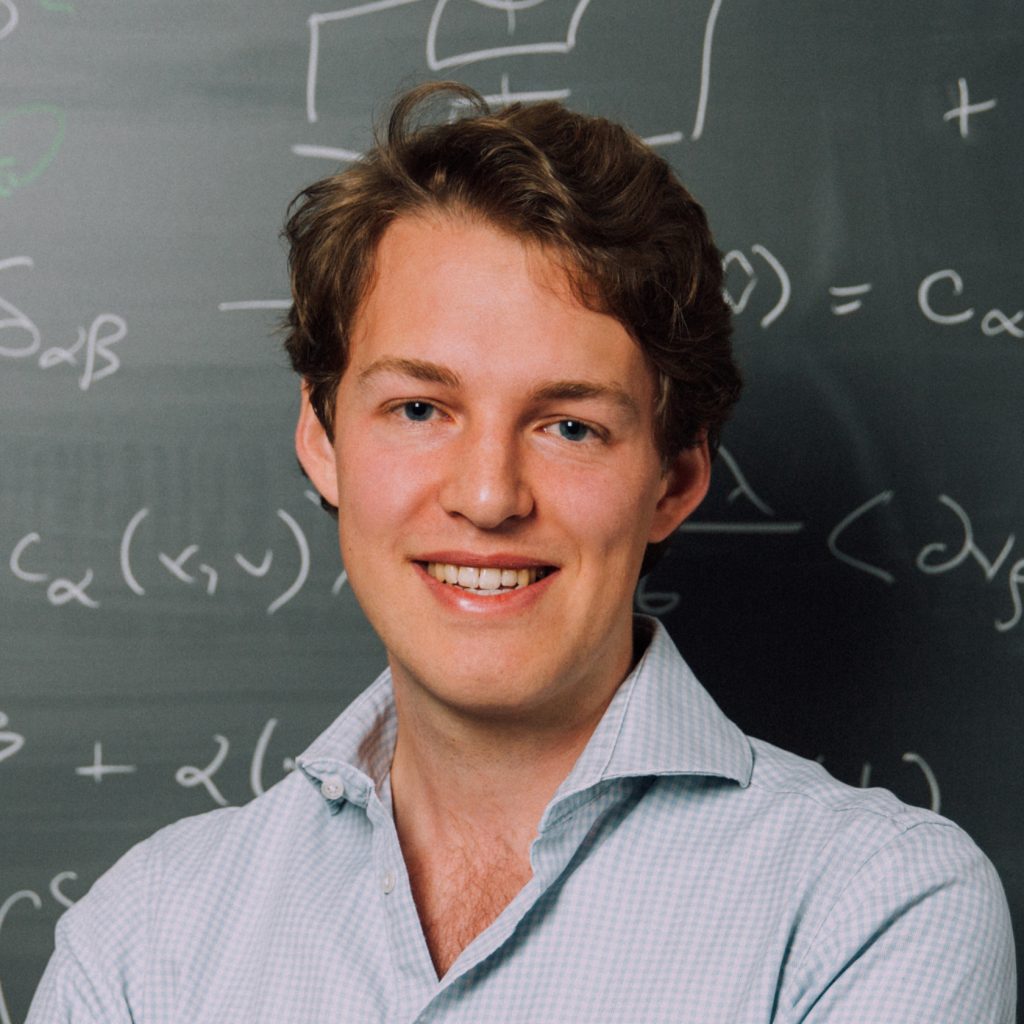NOMIS–ISTA Fellow David Brückner was interviewed about his experience as a NOMIS Fellow at the Institute for Science and Technology Austria (ISTA). In this ISTA article, he shares how the fellowship is enabling him to pursue independent, interdisciplinary and curiosity-driven research. A new call for applications to the NOMIS–ISTA Fellowship Program is open until June 13, 2024.
Embarking on a postdoctoral journey marks a critical juncture for recent PhD graduates. ISTA wants to encourage ambitious researchers to follow their curiosity, even if it means taking risks. With its “high-risk and high-reward approach,” the NOMIS–ISTA Fellowship fosters interdisciplinary research in overlooked scientific niches. NOMIS–ISTA Fellow David Brückner shares insights into his research and explains why the fellowship aligns perfectly with his goals.
After their PhD, scientists can deepen their knowledge and gather valuable experiences as postdocs in cutting-edge research. Therefore, they require the right environment and resources. “ISTA’s postdoctoral programs give early-career scientists the chance to grow professionally, as they can solely focus on doing fundamental research at the highest possible level,” explains Glen Dalton from the Postdoctoral Office at ISTA.
For one of its Postdoc programs, ISTA collaborated with the Zurich-based NOMIS Foundation to create a unique fellowship program for outstanding scientists advancing innovative, high-risk research that holds potential for groundbreaking discoveries.
NOMIS–ISTA Fellowship: Embarking on unknown terrain
For researchers who want to tackle big questions that require tools and expertise from multiple fields, the NOMIS–ISTA Fellowship may be the perfect fit. In line with the shared commitments of NOMIS and ISTA, these fellows can pursue postdoctoral studies at the intersection of multiple scientific disciplines. NOMIS–ISTA Fellows become trailblazers, trying to connect the familiar with the unexpected.
As they forge into new terrain, they may face challenges due to their project’s complexity and unpredictable outcomes. ISTA is committed to supporting them on their path with a three-year fellowship and the opportunity to be co-supervised by two different group leaders at ISTA. External secondary supervisors may also be consulted, as fellows can spend up to three months at an external research facility. Additionally, NOMIS–ISTA Fellows are supported in planning their careers and developing leadership skills.
Here, theoretical biophysicist David Brückner provides some insights into his research and explains why the NOMIS–ISTA Fellowship program is a perfect match for him.
David, what is your research about?
David Brückner: In general, theoretical biophysicists like me look at biological systems from a different perspective. We use theoretical physics principles and methods to understand complex living systems that are traditionally outside the realm of physics. Collaboration with experimentalists is crucial to our research. We are often confronted with puzzling experimental data that needs to be interpreted. Theoretical physics helps us identify patterns in the data and generate hypotheses that guide us to build predictive models. These models can then be tested experimentally, helping us to refine our models. At ISTA, my research focuses on how biological systems use interactions between mechanical and biochemical processes to generate patterns and shapes in embryonic development.
What stands out in the NOMIS–ISTA Fellowship for you?
DB: After graduating from Ludwig-Maximilians-Universität (LMU) in Munich, I was looking for a research program that would allow me to transcend the boundaries of physics and biology. The NOMIS Fellowship’s and ISTA’s hallmarks of interdisciplinary and curiosity-driven research proved to be a perfect fit for me. ISTA helped me establish collaborations with a wide variety of research groups, connecting my work on mechanical models of tissues (Hannezo group) and information theory (Tkačik group) to experiments on stem cell assemblies (Kicheva group) and the mechanics in zebrafish embryos (Heisenberg group). Being part of the NOMIS–ISTA Fellowship Program gave me the freedom to explore these different directions with a high level of independence.
Go to this ISTA news story



